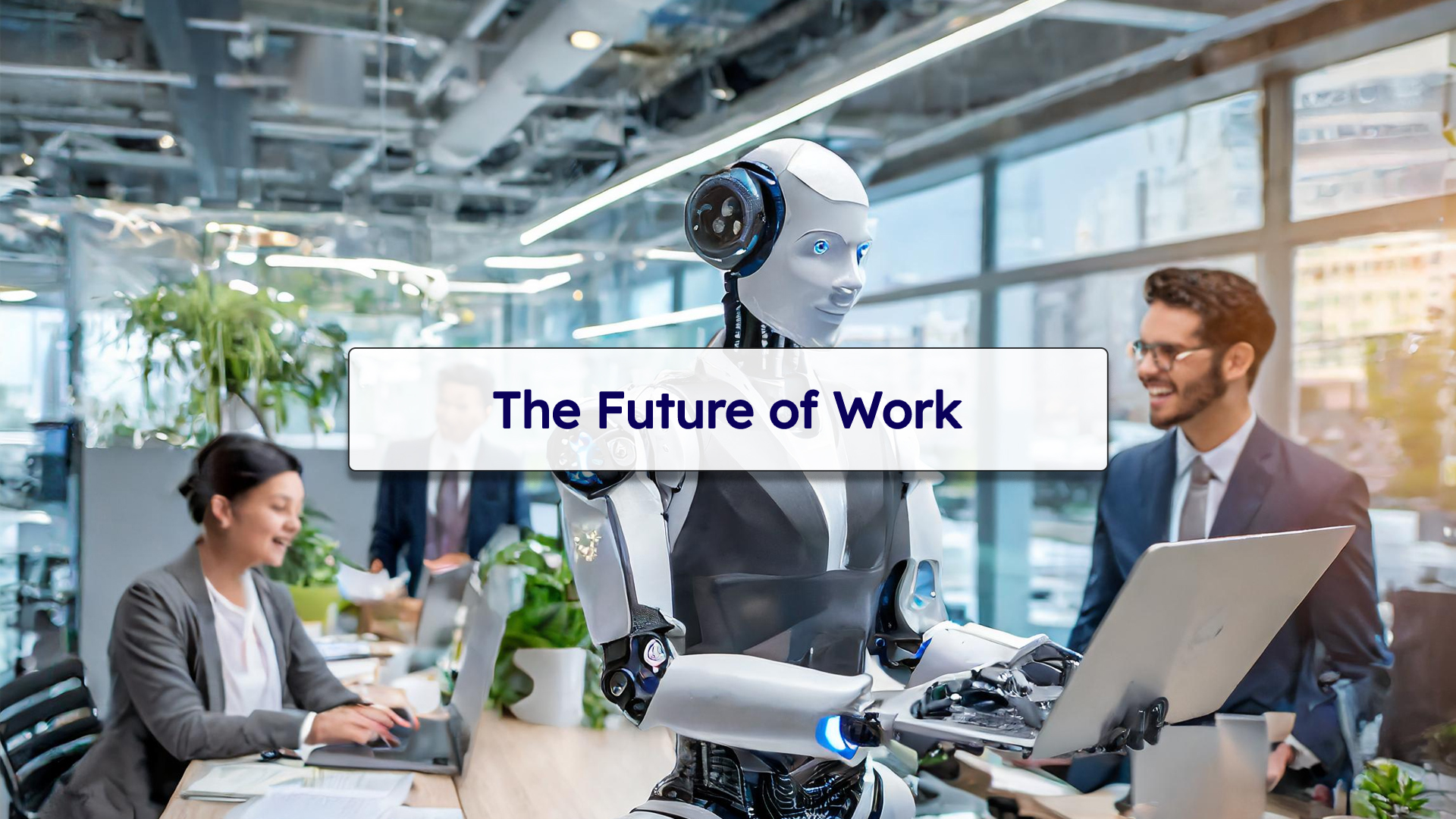The rapid advancement of automation and artificial intelligence (AI) is transforming the workforce in unprecedented ways. While these technologies create new opportunities for efficiency and innovation, they also raise concerns about job displacement and the evolving nature of work. As we navigate this shift, it is crucial to understand both the challenges and possibilities that automation and AI present.
The Impact on Jobs
AI and automation are already changing the job landscape across various industries. Routine and repetitive tasks in sectors like manufacturing, retail, and transportation are increasingly handled by robots and smart systems. Self-checkout kiosks, automated warehouses, and self-driving vehicles are becoming more common, reducing the need for human labor in these roles.
However, AI is not just limited to manual jobs. White-collar professions, including finance, healthcare, and legal services, are also experiencing AI-driven transformations. Algorithms now perform complex data analysis, assist in medical diagnostics, and even draft legal documents. While these advancements enhance productivity, they also challenge traditional employment structures.
Emerging Job Opportunities
Despite concerns about job losses, AI and automation are also creating new career paths. The demand for AI specialists, data scientists, robotics engineers, and cybersecurity professionals is rising. Additionally, roles that require uniquely human skills—such as creativity, critical thinking, and emotional intelligence—are expected to become more valuable. Jobs in education, social work, and complex problem-solving fields will likely continue to thrive.
Furthermore, AI is enabling the gig economy and remote work by facilitating digital platforms that connect freelancers and businesses. This shift is allowing more flexible work arrangements, benefiting both employers and employees.
Preparing for the Future
To adapt to the changing job market, individuals and organizations must focus on lifelong learning and reskilling. Investing in STEM (science, technology, engineering, and mathematics) education, as well as soft skills like adaptability and communication, will be essential. Companies should also implement workforce development programs to help employees transition into new roles.
Policymakers play a vital role in ensuring a smooth transition by promoting policies that support workers, such as job retraining programs and safety nets for those affected by automation. Collaboration between governments, businesses, and educational institutions will be key to building a resilient workforce.
Conclusion
The future of work is undoubtedly being reshaped by automation and AI. While some jobs may disappear, new opportunities will arise for those who adapt. By embracing continuous learning and fostering innovation, we can harness these technological advancements to create a more productive and inclusive job market. The key to success lies in our ability to evolve alongside the technologies that drive progress.


